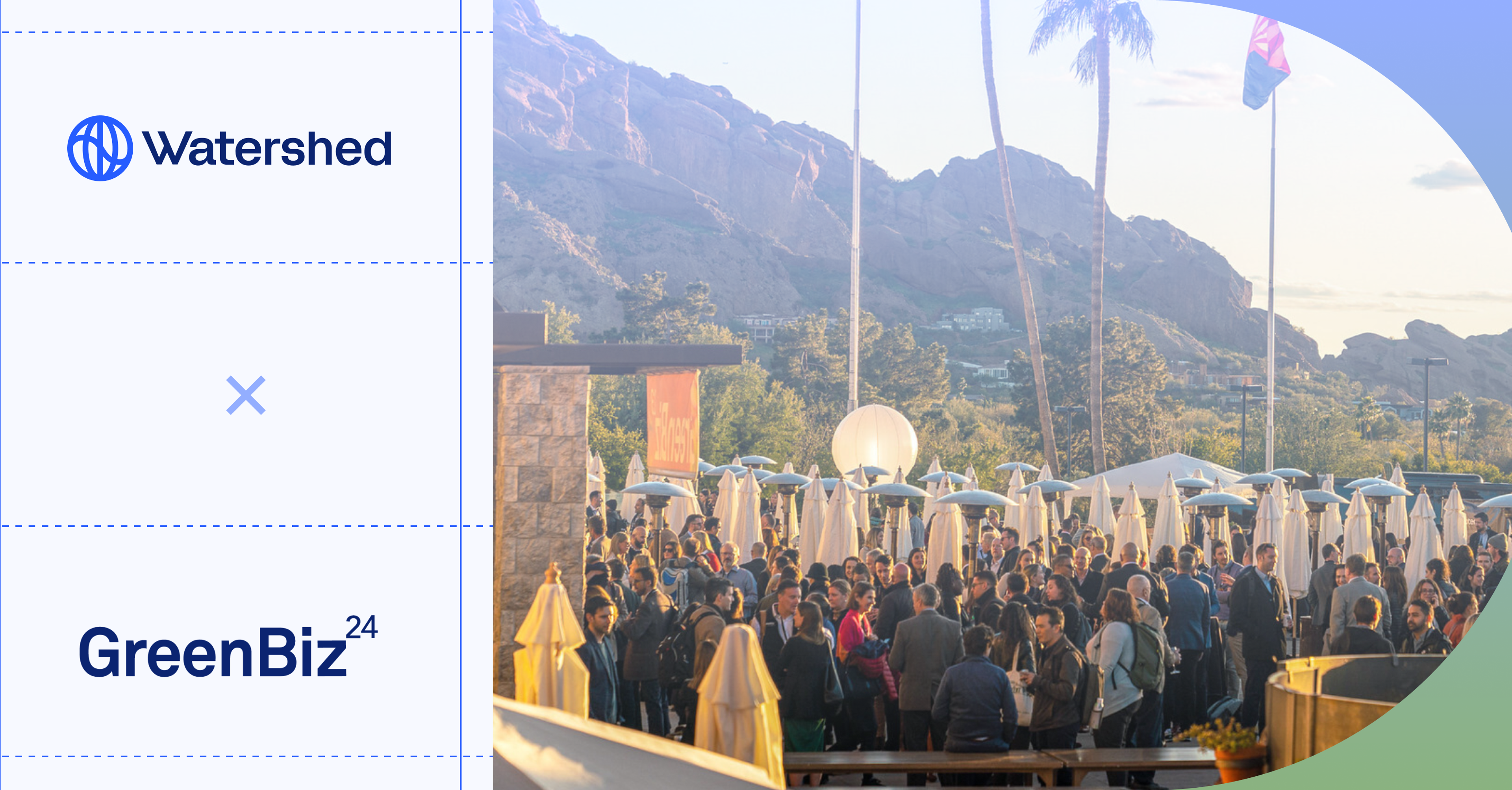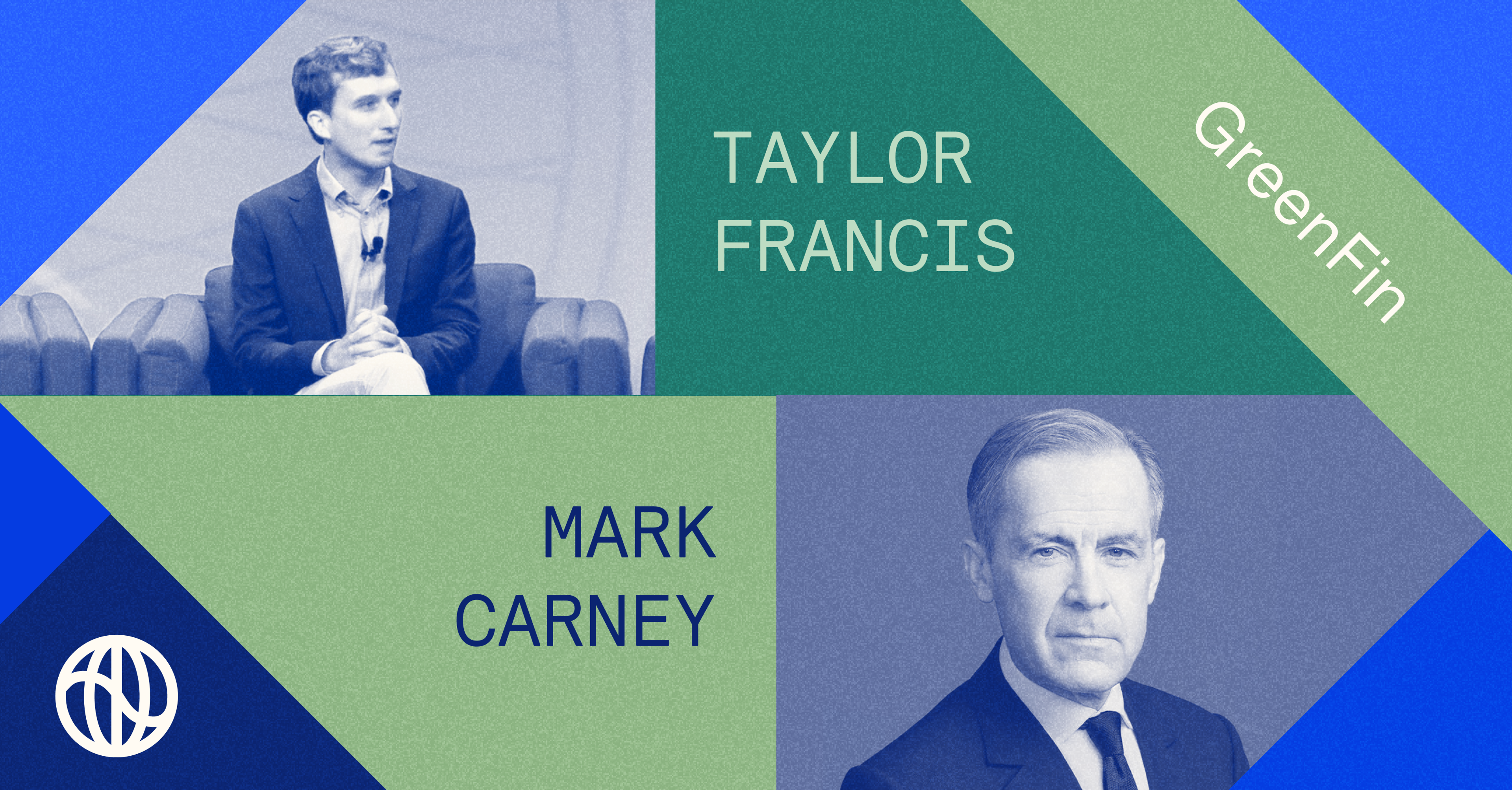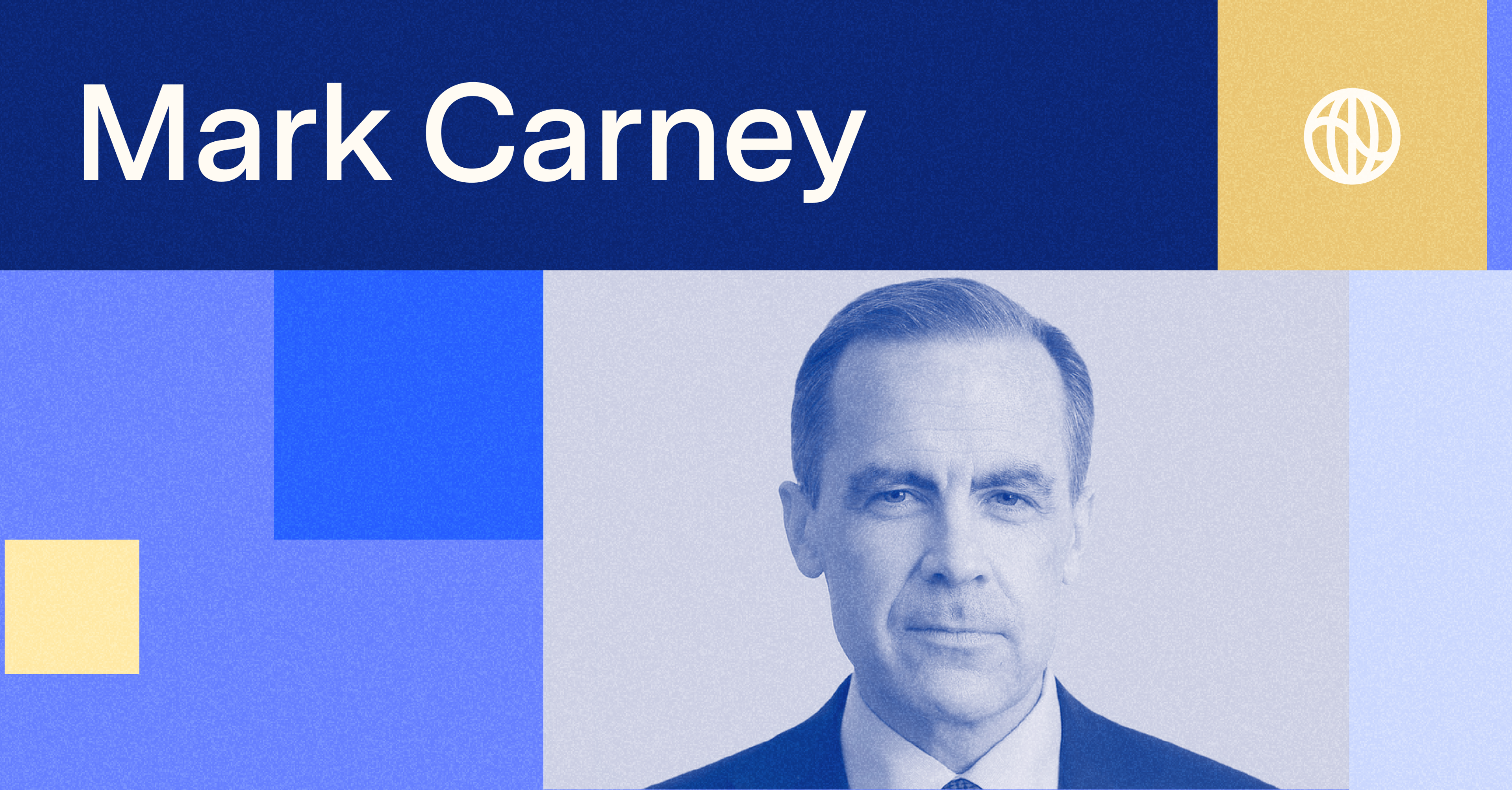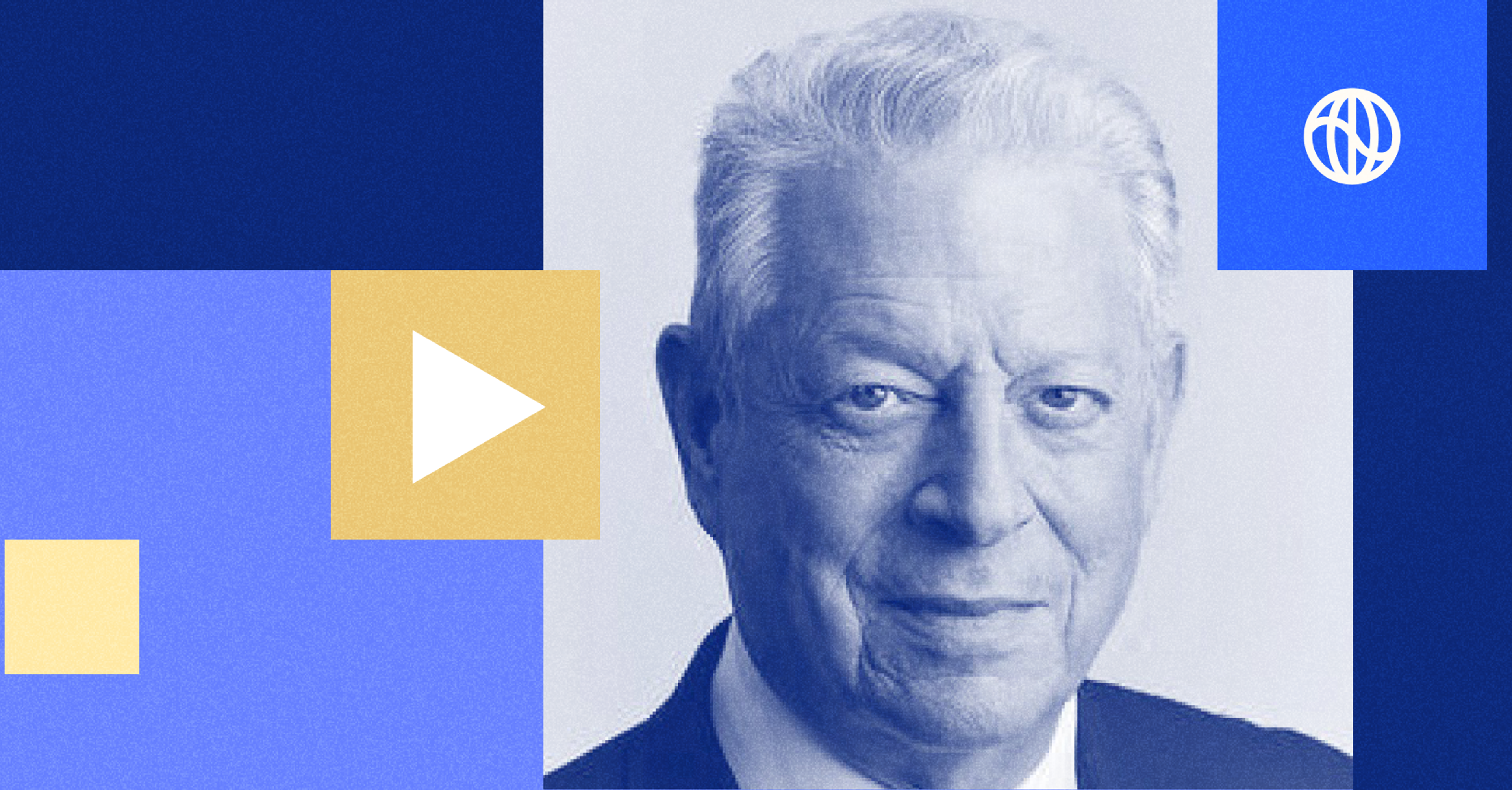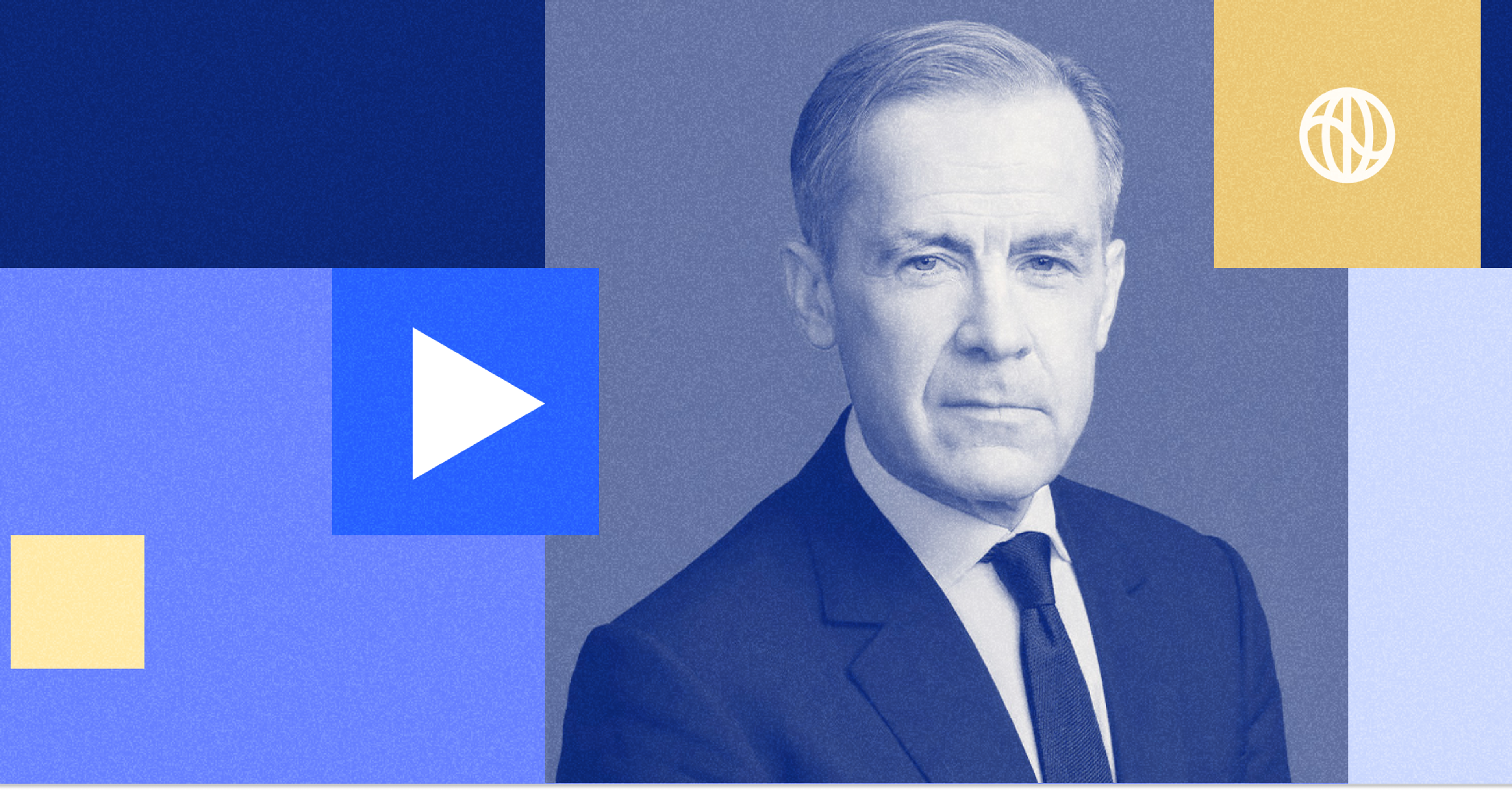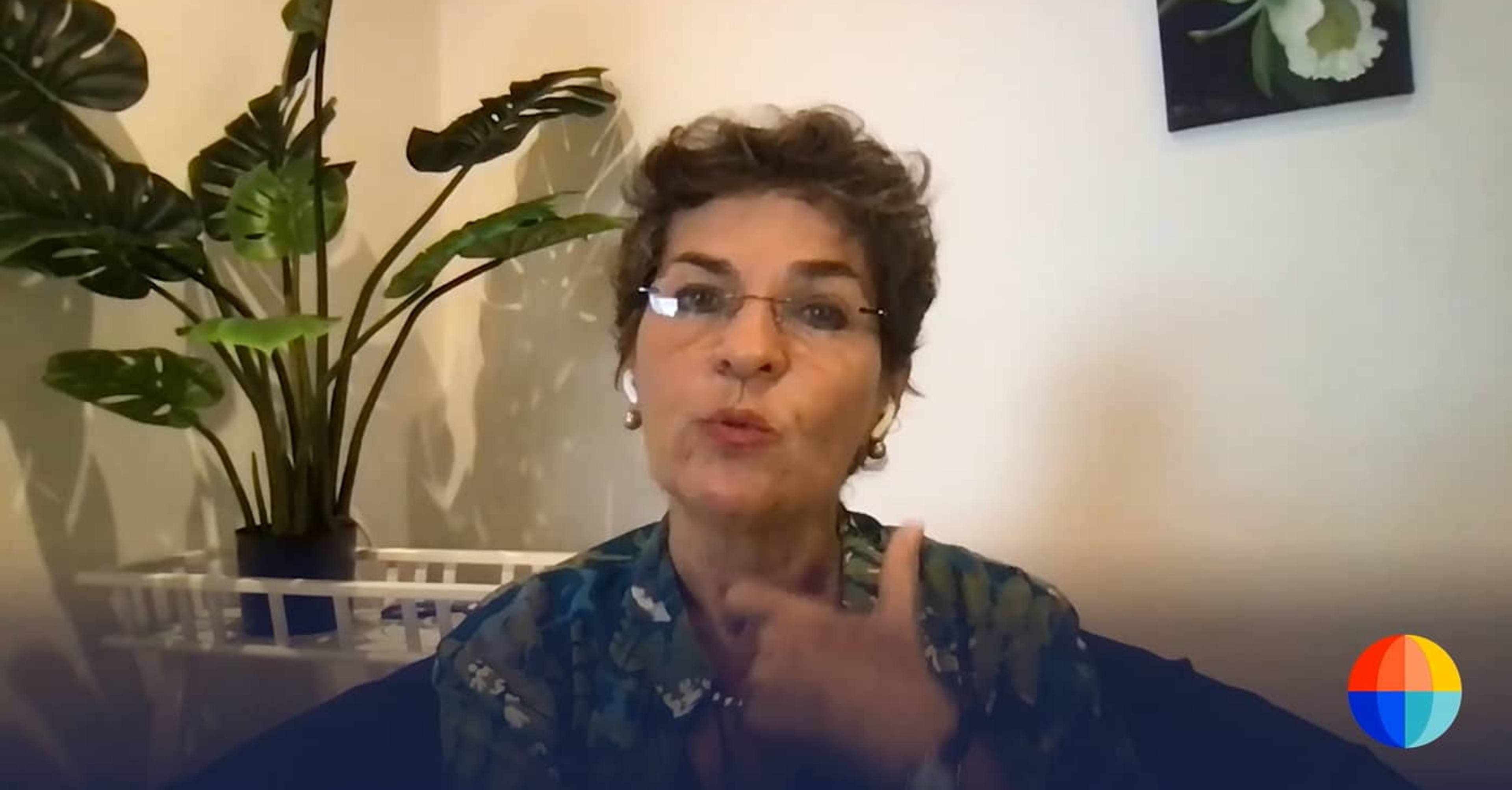
These are interesting times. Things certainly feel more dynamic than ever, including for the sustainability leaders inside companies. The most fulfilling part of my work these days is to bring a group of them together over a meal and create the space for them to learn about one another and how to support each other.
Last month we brought together chief sustainability officers from an array of Fortune 500 companies and a featured guest, Google’s Kate Brandt, to discuss their takeaways from 2024 and plans for the year ahead in corporate sustainability.
Despite the range of companies represented and the rapid pace of change in policy and practice, key themes emerged from this candid and productive conversation. As we launch into this new chapter, I wanted to share some of those themes in the hopes that they may provide some guidance on where to take your own corporate sustainability strategies. The conversion covered a wide range of aspects, but let’s zoom in on policy and AI.
Policy
We spoke about the shifting political context. It’s been said before, but in order to bridge the divide in this country, the language needs to change. At dinner, someone said it in a way I hadn’t heard before, “We are all focused on climate change because of the co-benefits we know it brings. We need to talk about those.” It reminded me of Amory Lovins’ quote, “people don’t care about energy, they care about cold beer and hot showers.” Sustainability terms like ‘emissions’ can be vague, so instead let’s consistently lead with good paying jobs, lower utility bills, healthier water and air and the protection of the places we love for our children.
We reminded one another that the majority of IRA funding has flowed to red states, creating some inherent resistance against a pull-back. We remembered that in the prior Trump presidency a lot of state and local governments pushed forward more than ever. And finally, we were encouraged to remember, from those who had spent time in public office, that when meeting with an elected or appointed government official, to bring forward specific suggestions for policy changes that are within their purview. “Don’t bring to someone in the executive branch a change that would require congress to take action.” As always, knowing your audience is key.
AI
With AI capabilities quickly, and sometimes unknowingly, permeating all aspects of our personal and professional lives, we focused on the climate implications ahead for 2025. There’s an estimated 10GW of new data center capacity entering construction in 2025. Big industrial dynamics spur big innovation. What we’re seeing now is a new race for efficiency - the ‘first fuel.’ After all, the greenest data center is the one created from stranded capacity and inefficiency. We’ll see a demand for more electrons now, and given the timelines for permitting and construction of large generation, the more distributed, cleaner and more resilient generation could see a big boost. Finally on the consumption side, AI training is a different kind of load, with greater geographic and temporal flexibility and with less need for “five nines” reliability, opening up new geographies and ways of thinking about ‘always on’ and ‘close to the customer requirements for some of the load growth.
We’re also seeing applications of AI that can bring benefit to climate, such as:
- Project Contrails from Google: An initiative which uses AI to mitigate aviation’s climate impact. “By combining massive quantities of weather data, satellite data, and flight data, AI can create state-of-the-art predictions of when and where contrails are likely to form. Pilots and dispatchers can then use this information to adjust the altitudes of their flights.” What I love about this one is how well it ‘slip-streams’ into the pilot’s existing way of operating. The same systems they use to avoid turbulence can have a contrails overlay that helps them avoid unnecessary warming.
- Intel’s use of AI for road congestion: Intel is using AI to help logistics companies optimize routes and minimize emissions with smart traffic management and helping to support fuel supply and electric vehicle (EV) charging needs using predictive AI. Again, drivers already receive route guidance, so this ‘on-ramps’ into the existing flow of decision making information they receive.
- Watershed’s use of AI for more efficient carbon measurement: Carbon measurement is a big data problem. Its complexity and size can make it prohibitively time and cost intensive. AI was built for handling the scale of processing mass amounts of data and Watershed uses it, along with more than 150 different error checks to streamline parts of that process while maintaining accuracy.
I’m excited to see more of the positive impacts of AI on people and planet as we move swiftly into this next phase.
Our dinner conversation also covered the art and science of navigating through - and with - stakeholders on the journey. As always, the CSO operates primarily through indirect influence. To make progress, they must collaborate with internal and external stakeholders to find win-wins that strengthen the business.
Creating internal change
Internally, the shift to mandatory disclosure is a universal mega-trend for our procession, taking lots of the CSO’s time. It’s imperative they work hand-in-hand with finance, accounting, risk, controllership and legal, leaning on those inside the business who have career-long expertise in complying with disclosure requirements, in order to ‘insource’ those responsibilities to the experts. It’s also critical to lean on software tools, like Watershed, as a future-proof system of record that can make the process trusted and efficient, creating a solid foundation for years to come. Now that we’re in the back half of the ‘critical decade,’ with many company targets anchored to a ~2020 baseline, the process of ‘rebaselining’ is akin to ‘replatforming’ in software parlance. It’s time to think hard about the GHG management foundation you’re investing in.
The aim of all of this is to minimize the time spent on reporting on the past so that you can use high quality data to shape the future. One company tracks a ‘sustainable innovation’ ratio, the relative amount of time and money spent on new change versus the foundational requirements of the job. When it comes to change, as always, if you’re going to get someone within your company to take a turn onto your new path, it needs to be better than the one they were otherwise traveling. Show how the old path is risky and that the new path is exciting. Point to the efficiency gained by understanding your value chain better and its sources of greatest waste. Walk back the complexity of the language and focus on what is concrete and motivational within your company.
Better collaboration outside of company boundaries
Getting your company aligned is foundational, but forging collaboration outside of your company boundaries, with the suppliers and partners you use — that’s catalytic. Examples have started to emerge across the industry of cohort collaboration between companies and their suppliers. In the late spring, Canva announced a unique partnership with its print suppliers, assembled by Watershed, to jointly invest in a network of new community solar projects in Illinois. The investment was only made possible through a collective approach, and serves to reduce both the scope 3 emissions of Canva and the scope 1-2 emissions of these suppliers.
In the roundtable, other models of collaboration outside the company walls were highlighted including the supplier sustainability exhibit from Salesforce - a legal appendix added to all purchase agreements requiring suppliers to take bold action on climate. That legal appendix has been taken and adapted by many other companies, and for many at the table, the customer pressure felt from those initiatives are exactly what got their sustainability programs into the next gear. Don’t hesitate to push your suppliers firmly. Way more often than not, your supplier’s sustainability teams welcome that sort of customer validation as tailwind to accelerate their work.
The CSO dinner was a chance to check in with the people leading us into a more prosperous, healthy future. These leaders are not unfamiliar with driving progress in times of change, and the consensus we heard was that, while the landscape is shifting, the heart of the work remains the same and the commitment is unwavering.. They’ve proven the business case for sustainability, they’ve broken down barriers through innovation and collaboration, they’re ready for what’s next, and it’s always an invigorating time to get them in the room together.


